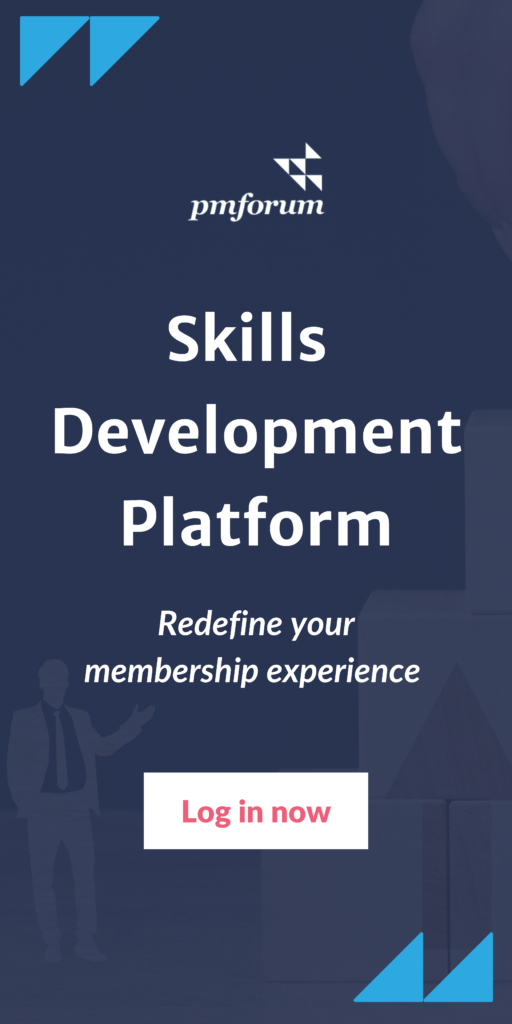Professional services firms have seen client relationships challenged. The pandemic and economic conditions are seeing clients reducing spending on outside advisors and consolidating legal budgets to a smaller number of firms on global panels. In the year ahead, one of the most effective strategies to increase revenue and profits is to prioritise cross-selling and identify ways to better serve your current clients, writes Dominic Ayes.
Cross-selling involves introducing additional products and services to existing clients. It is common for firms to spend too much time pursuing new clients rather than maximising their per-client revenues. When firms implement cross- selling activities effectively, clients will consolidate their services with them, increasing revenue and profitability.
By satisfying your clients and helping them concentrate their spending in 2023, and as competition intensifies with more firms competing for the same work, you can increase your chances of retaining and growing existing clients by investing time and effort in cross-selling.
Cross-selling strategies to implement in 2023
Professional firms often assume that cross-selling will happen organically and that satisfied clients will want to do more business with them. The culture of building global accounts is, however, often lacking and advisors are not properly trained or incentivised to spot opportunities.
Unfortunately, firms will not reap the benefits of cross-selling unless appropriate strategies are implemented. The following strategies can be implemented to ensure your firm receives these benefits.
Strategy tip – know my business
When appointing external advisors, clients frequently cite ‘knowing my business’ as a key factor. A firm’s pitch will always emphasise that the adviser is intimately familiar with the client’s activities. But, in contrast, how often do advisors show an understanding of the client’s business and contextualise their advice accordingly?
Perhaps firms do not feel the need to do so because so much work is commoditised and therefore not sector- specific. As a result, services such as audit, litigation, tax and M&A advice are presented generically in marketing and client outreach.
Firms and their advisors should instead demonstrate that they can not only anticipate upcoming changes and regulations but articulate how these changes can be translated to a client’s business based on their experience and understanding. Firms that can do this will differentiate themselves from the competition and win more business in today’s competitive environment.
Another way to identify services to cross-sell to a client is to understand what the client’s business is trying to achieve and how these translate into your client contacts’ priorities.
Desk research and speaking to your client contacts can help you understand your client’s objectives. This will allow you to identify services they are not using in your firm that you can introduce. For instance, many firms have net zero and sustainability targets. If your firm specialises in related services, you can reference their objectives and offer the opportunity to meet your experts in this area. You can also arrange for something useful, like a workshop giving a brief overview to several contacts in the client organisation. These small steps create value and trust, making it easier to integrate others into the client relationship rather than waiting for the next instructions to appear.
Inviting clients to present their business, industry and strategy to your firm is another approach that provides invaluable insight into a client’s business. This can be done in client service team meetings or in front of a group of advisors. This allows those not already working with the client to build a foundation of knowledge and ask questions.
When a client recognises that their advisors are genuinely seeking ways to help them, they are more likely to accept the introduction. They may also be more willing to explore how that new expertise could benefit them with a particular issue.
Strategy tip – expanding who you know across the relationship
When relationships are with a single or limited number of contacts, mapping those relationships across decision-makers is essential. It can be challenging to support clients when your contacts are busy and might not control certain areas of work that offer the potential for future growth.
In 2022, we saw a lot of movement of senior decision-makers at clients, with many senior and board members retiring and other key contacts changing roles. This creates challenges to existing relationships and steady work streams where you are providing services through that key contact.
Now is the time for you to research your client’s business and key stakeholders and to begin to develop a robust strategy to guard against this. In addition, identify how you can better leverage your contacts to be introduced to their colleagues.
Clients care about streamlining their external spending and the number of firms they work with. If they can turn to one firm for all their needs, this creates operational simplicity and cost efficiency.
To bring this strategy to life, you should be encouraging each client partner at your firm to draw up a list of their top clients. This will enable them to consider where they could introduce colleagues and to identify other contacts at the client organisation where introductions can be made. This will broaden the relationship.
Strategy tip – building complementary services
You must regularly consider the different needs of your clients and how they might benefit from multiple services that complement each other. For instance, in a law firm, those teams that are advising on the commercial and contentious aspects of a client’s supply chain are best positioned to advise the client on mitigating risks in those supply chains. This is achieved by working with different contacts at the client organisation and looking at the client’s interests holistically.
This will build a more comprehensive understanding of the client and greater dependency on your firm through multiple teams developing strong relationships. This will enable you to put in place advice and processes that clients will find difficult to attain from alternative service providers in the future.
Identify clients where you can build a multidisciplinary team. Look for services that complement each other. Utilise your contacts and reputation in those areas to introduce services to clients. This can often be done through joint training and the sharing of know-how.
From experience, I have found that empowered advisors working together in other ways can lead to the greatest returns, whether collaborating on a marketing campaign, joint client workshops, or co-authoring content. This is an effective strategy as it allows advisors to learn about each other’s expertise and build trust.
Strategy tip – helping clients see around the corner
The Covid pandemic, economic uncertainty, and the focus on ESG have taught us, more so than ever, that clients need help looking around corners, and need this more frequently. There has been a huge demand for information and know-how from external advisors over the past few years, creating an opportunity for professional service firms to cater to those needs.
Those firms that can anticipate and get to market the quickest when new regulations, commercial drivers or other changes occur can build high levels of trust and more easily introduce new services ahead of the competition. This is because existing relationships can be more easily leveraged by established points of contact and insight sharing.
Often clients tell me that a simple email will suffice, with a longer technical briefing to follow. Firms waste precious time covering the same topics collectively, bringing untargeted insights.
Advisors find cross-selling challenging when they are not comfortable discussing services outside of their primary focus. Marketing can help bridge those concerns by creating internal knowledge-sharing, post-matter debriefs and guidance around emerging issues. These will help prepare your advisors with domain knowledge on various topics that will create opportunities for your firm when engaging with clients.
Better yet, to help foster this approach, especially for gated relationships, you must work to build multidisciplinary teams around key clients. Then you can identify future problems and present solutions to those problems, even if that means it’s not the client relationship partner’s area of expertise. This will also help build collaboration between the relationship partner and the wider team.
Additionally, relationship partners should be encouraged to schedule regular, and at least bi-annual, check-ins with clients. This gives your firm the chance to review progress, gauge satisfaction and, most importantly, look at ways to mutually expand the relationship.
Strategy tip – engaged and following through with the opportunity
Most importantly and often an area for improvement in firms is when a relationship partner has created an opportunity for another advisor in the firm. They need to ensure they are proactively and effectively followed up. Don’t hide behind email – a colleague’s relationship depends on their actions.
To ensure advisors receive future opportunities, it is recommended that they keep the relationship partner informed of progress; tell them what they are planning to do, when, the outcome and the next steps.
Clients are under enormous pressure to deliver advice to stakeholders immediately. This translates into the need for external advisors to be quick in responding, regardless of the matter’s complexity.
In today’s environment, where clients are asking several advisors for the same request, speed is critical. Firms need to understand that. In many cases, a client’s request for advice is frequently a matter of last resort having exhausted their knowledge, and firms need to prioritise their response accordingly.



